Calculators

Drawing Measurement Tool
This tool helps to measure the length of a path (polyline) on a drawing (pdf or image file) using another line with known the real-world length as a scale. A typical use case is to measure the dry arc distance of an insulator string to later estimate its critical flashover voltage (CFO).
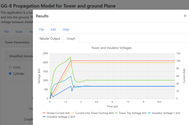
Overhead Transmission Line Lightning and Grounding Reference Book Software Applications
The following Lightning and Grounding applications are intended to be used in conjunction with Overhead Transmission Line Lightning and Grounding Reference Book. Chapter 5 provides examples on how the applications can be applied.
The applications are:
- Estimates of Soil Parameters
- Calculation of Ground Electrode Dimensions to Obtain a Desired Value of Resistance
- Calculation of Ground Electrode Resistance
- Voltage on Tower Ancillary Circuits during Phase to Ground Faults
- Potential and Step Potential near a Ground Electrode
- Influence of Ground Electrode on Lightning Performance
- Propagation Model for Tower and Ground Plane
- Tower Footing Dynamic Resistance
- Ionization and Propagation Model for Counterpoise
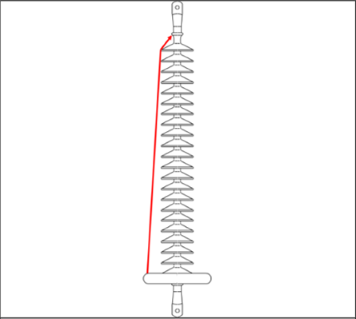
Lightning Impulse Strength Calculator
Tests performed at EPRI have shown that the lightning impulse strength of transmission line insulator strings can be well estimated using the dry arc distance of the different air gaps. With those values on hand, the calculator included in the page will help you estimate the Critical Flashover Voltage (CFO) to be used in lightning performance software.
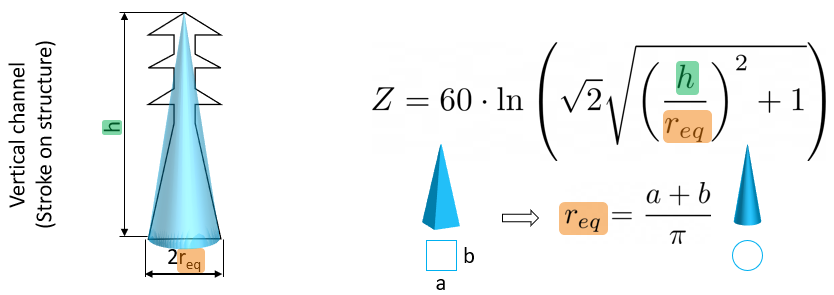
Surge Impedance Calculator
In transient simulations for lightning performance studies, the voltage and the current of the traveling wave going up and down the structure are linked by a parameter named the surge impedance. This page provides a calculator to estimate the structure surge impedance to be used in TLW-Gen2 for different shapes of structures.
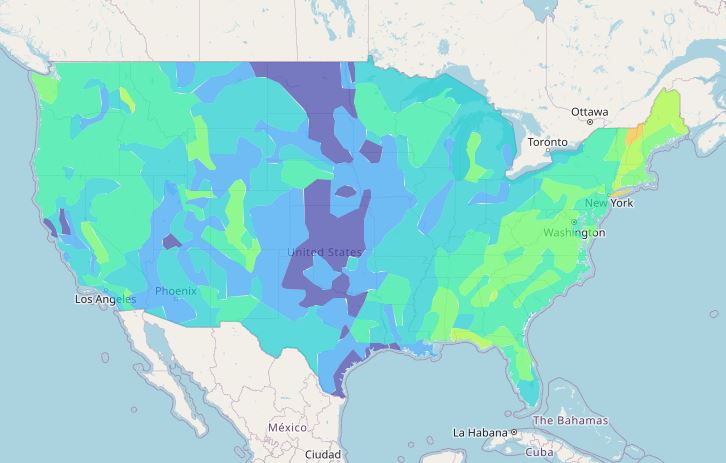
US Ground Conductivity Map
This page provides the earth resistivity for locations in the continental United States of America. The resistivity data are estimates for the near-surface layer of earth and are useful for the analysis of lightning surges and radio noise signal propagation at frequencies up to 1 MHz. The main purpose of this soil resistivity map is to indicate the overall resistivity in an area, and in this regard, it is better than a map of rock types.
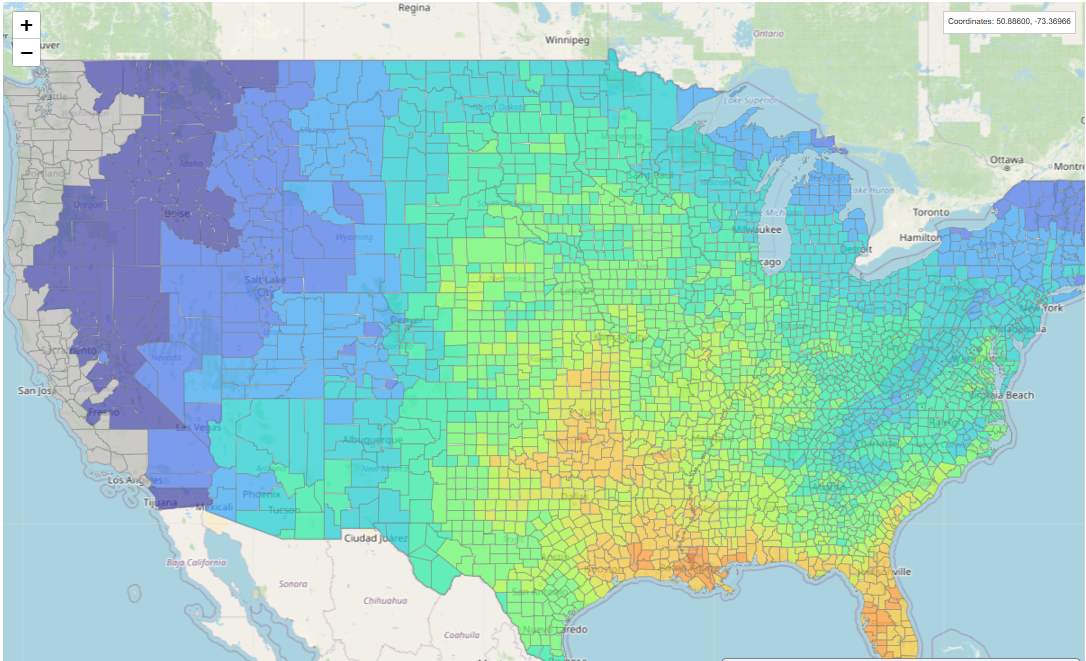
US Ground Flash Density Map
This page provides the lightning ground flash density averaged per county in the continental United States of America. The ground flash density (GFD) is the number of lightning flashes that hit the earth (or objects on the earth) per unit area (one square kilometer or square mile) and time (one year). This parameter is very important for the calculation of lightning performance of overhead transmission lines.
Research Results Summaries
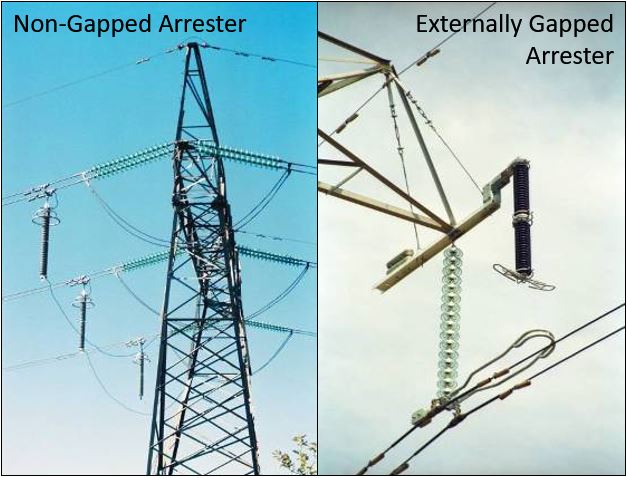
Surge Arresters Database
This database collects transmission line surge arresters removed from service to track failures and help identify design issues for different manufacturers and models. Those surge arresters were removed due to a failure or to impede a failure and are tested, when possible, to assess their condition or understand the reason for their failure.
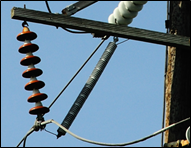
Mechanical Aging of Surge Arrester Leads
Non-Gapped Line Arresters (NGLA) are often applied to improve the lightning performance of transmission lines. While these transmission line surge arresters (TLSA) may perform well electrically, their installation is often compromised by failures of the connection leads or the disconnector. This content describes the accelerated testing results, highlighting issues that could be observed on the field.
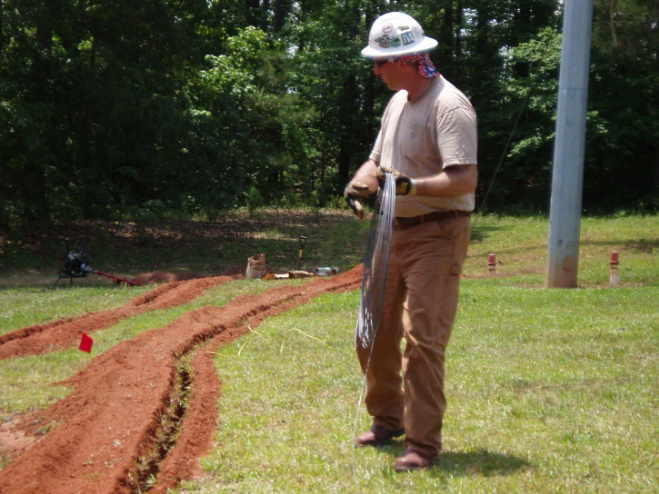
Alternative Grounding Materials for Counterpoises
Rising construction costs and increasing theft have made it clear that alternative grounding materials are needed. Carbon steel or aluminum are potential alternative materials to copper for counterpoises. This content summarizes the field tests performed to verify the practicality of both materials for use as counterpoises and the potential necessity of cathodic protections.
Reference Information
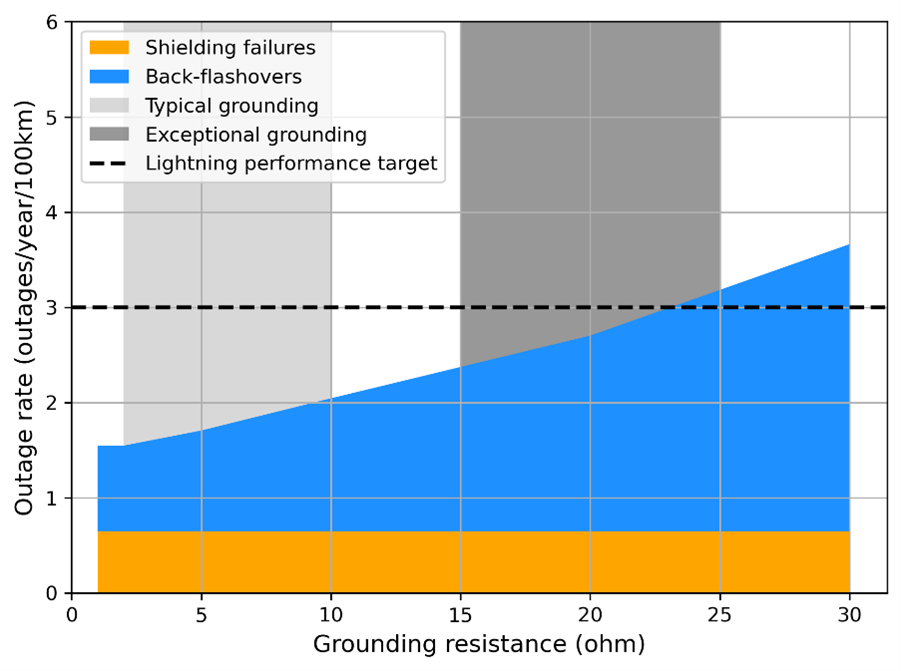
Lightning Performance Targets and Structure Footing Resistance Targets
Transmission lines are designed with an expected lightning performance, also known as the lightning performance target. These are usually voltage dependent and vary from utility to utility. Similarly, the structure footing resistance is typically limited to reach the lightning performance target. This content summarizes the results from two surveys performed by EPRI showing lightning performance targets and structure footing resistance targets used by the surveyed utilities for different voltages.
Videos
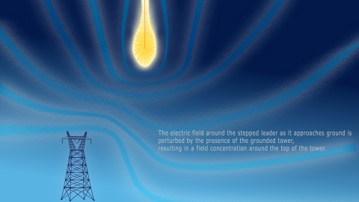
Training Video on Lightning Stroke Attachment Process
Some lightning strikes terminate on tall objects like overhead transmission lines, but how exactly does this happen? How is lightning generated, and how do we model the lightning stroke attachment process? We answer these questions in this training video with the aim of providing an improved understanding of the lightning stroke attachment process, which forms the basis of lightning performance calculations for transmission lines.
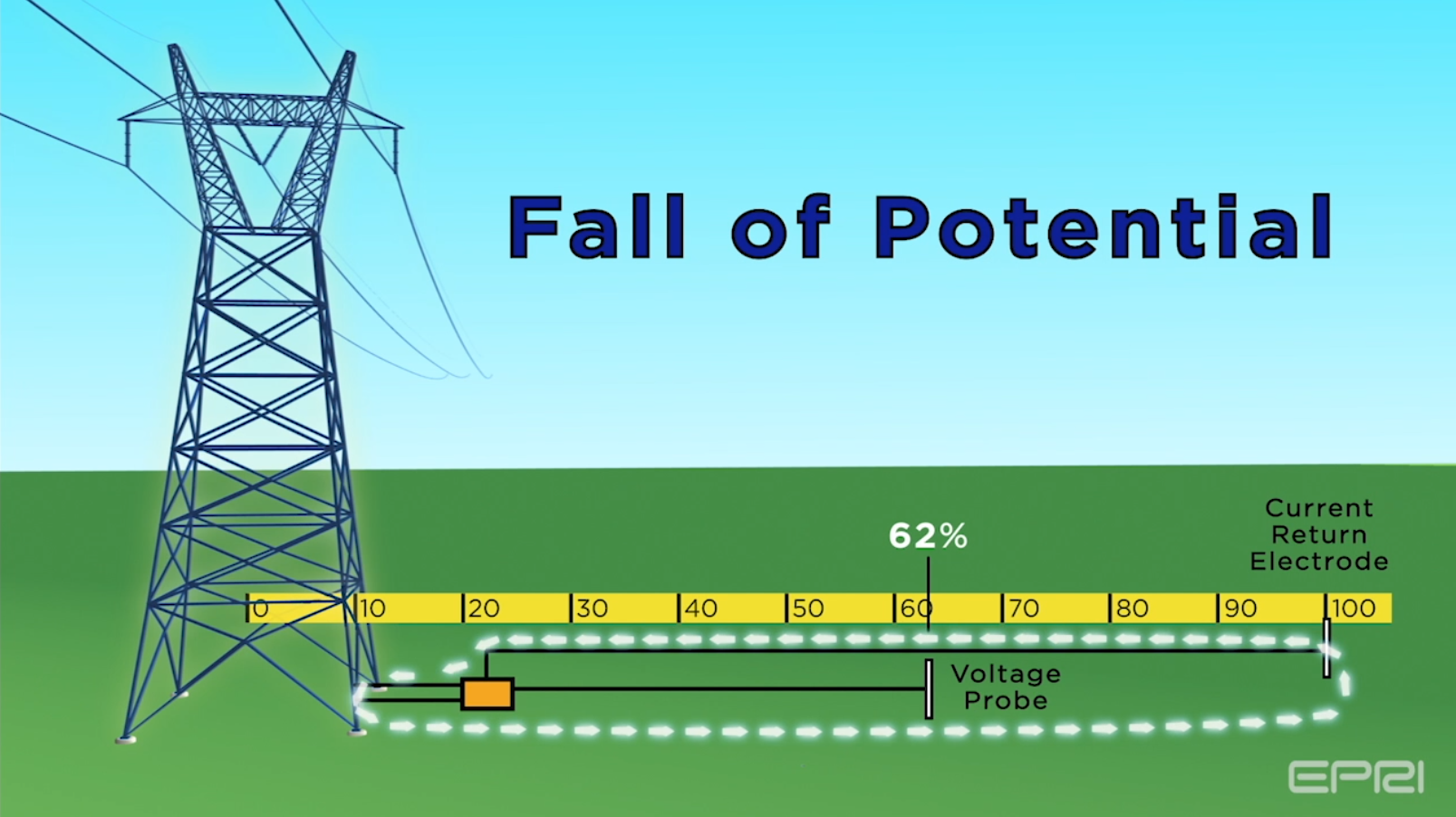
Training Video for Measuring Transmission Line Grounds Using the Fall of Potential Method
Proper grounding of transmission towers is critical to power line safety and reducing lightning related outages. It is important to measure the low-frequency impedance of a transmission line ground electrode in order to ensure that it is in good working order. The Fall of Potential method (FOP) is one technique used to measure the grounding impedance of transmission lines. This animated video provides step-by step instructions on how to connect the equipment to the transmission line, how the technique works, and how to perform a measurement.
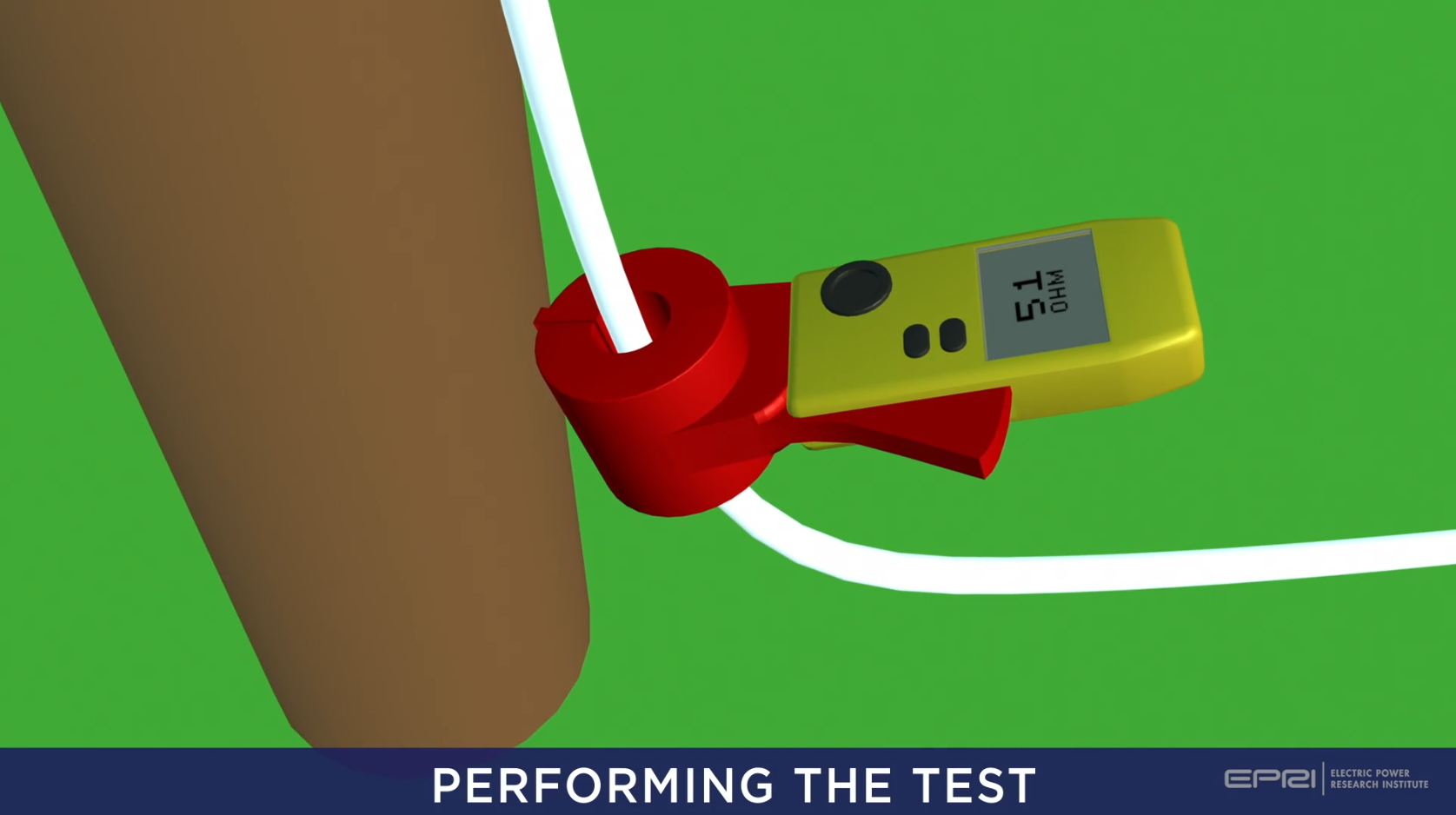
Training Video for Measuring Transmission Line Grounds Using the Clamp-On Method
Proper grounding of transmission towers is critical to power line safety and reducing lightning related outages. It is important to measure the low-frequency impedance of a transmission line ground electrode in order to ensure that it is in good working order. The Clamp-on method is one technique used to measure the grounding impedance of transmission lines. This animated video provides step-by step instructions on how to connect the equipment to the transmission line, how the technique works, and how to perform a measurement.
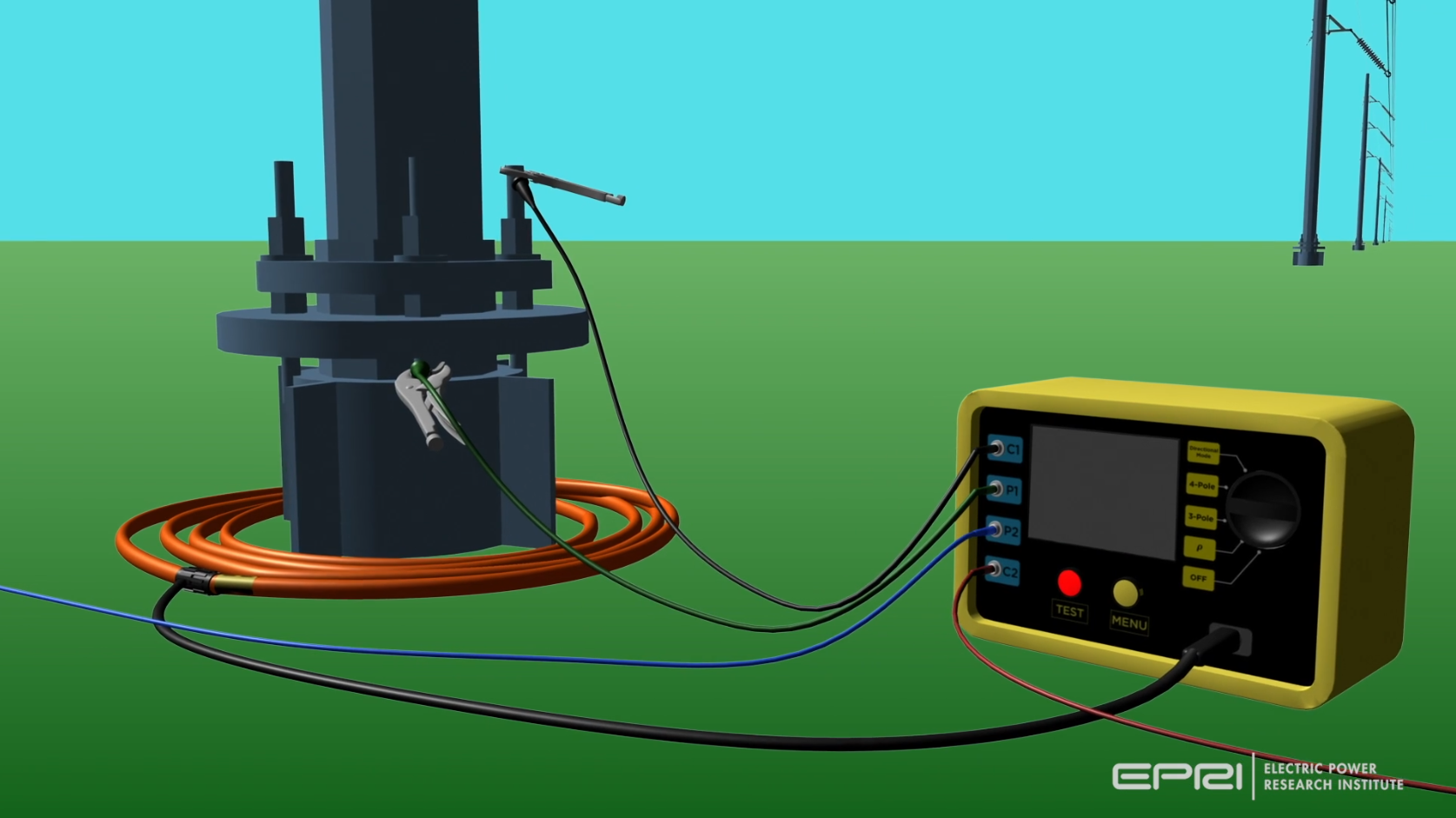
Directional Testers for Measuring the Ground Resistance of Transmission Structures Training Video Grounding is an essential part of any electrical installation for safe and reliable operation. Measuring the ground resistance is important for lifecycle management of the grounding system. This 10-minutes video examines directional testers and the advantages they offer in for field testing ground resistance when overhead ground wires cannot be disconnected from transmission structures.
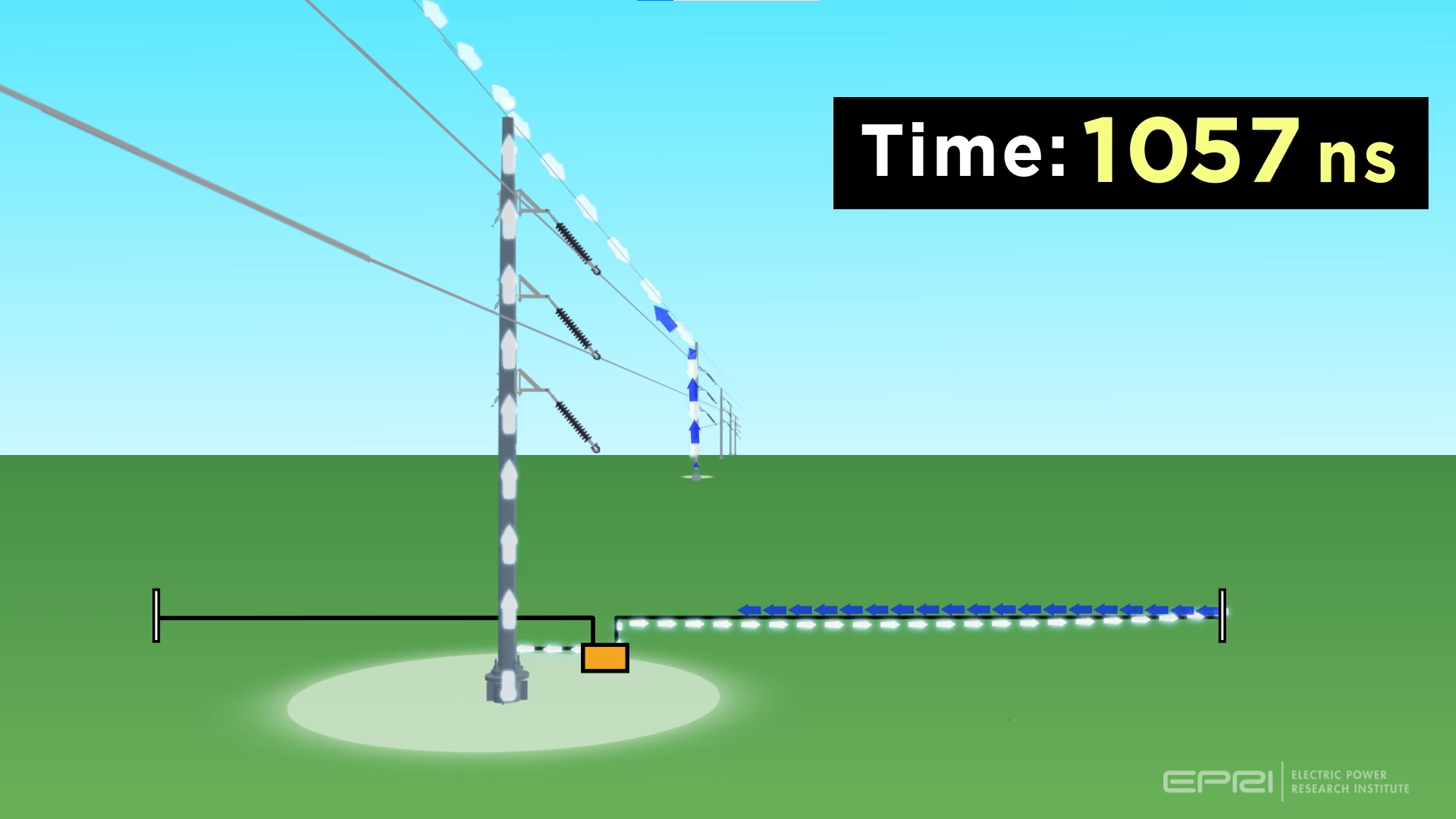
Training Video for Measuring Transmission Line Grounds Using the Zed-Meter Proper grounding of transmission towers is critical to power line safety and reducing lightning related outages. It is important to measure the impedance of a transmission line grounding systems in order to ensure that it is in good working order. The Zed-MeterTM, developed by EPRI, uses a high frequency method for testing, which has proven to be better for measuring the lightning surge impedance of tower footings and grounding systems. This animated video provides step-by-step instructions on how to connect the equipment to the transmission line, how the technique works, and how to perform a measurement.